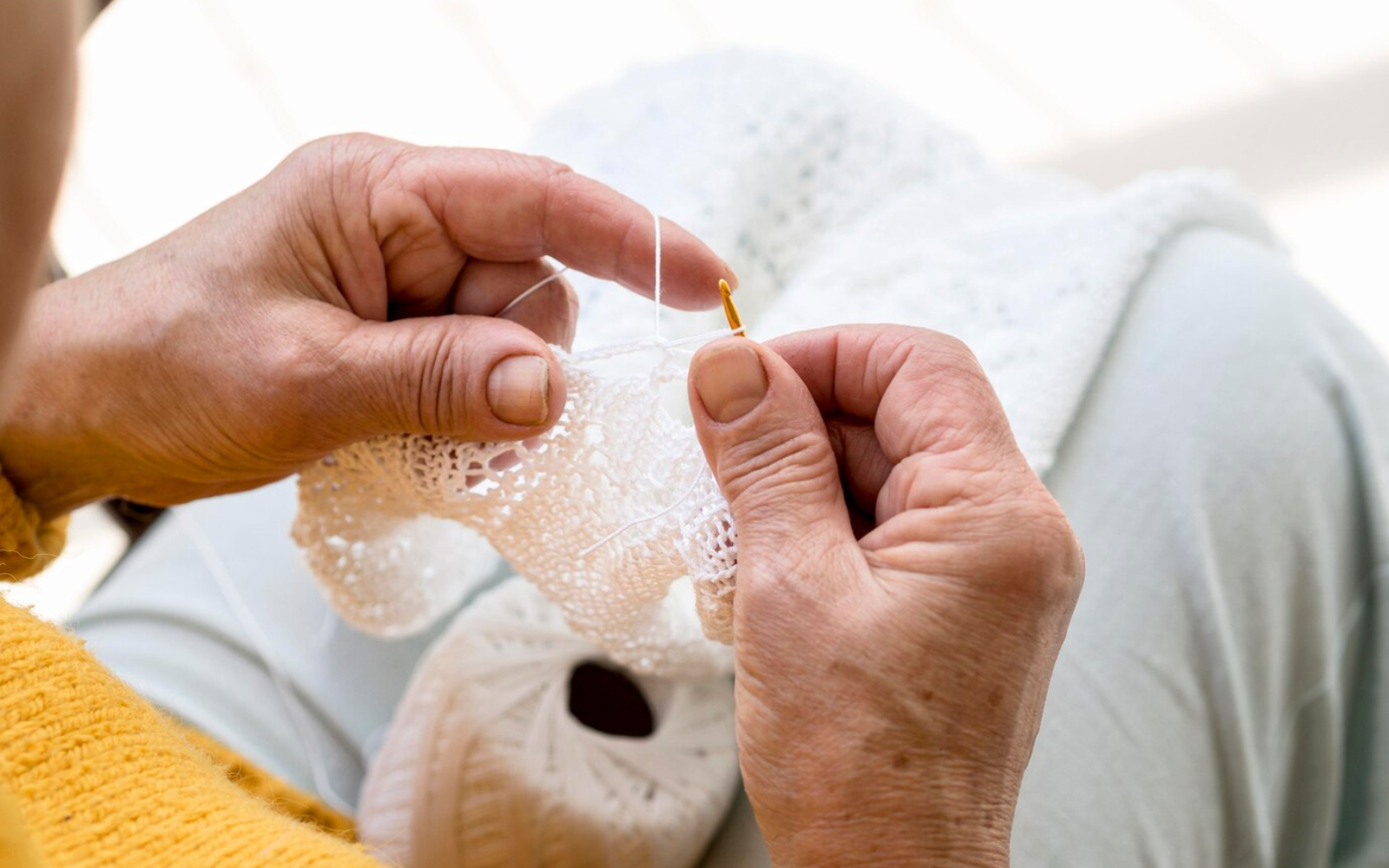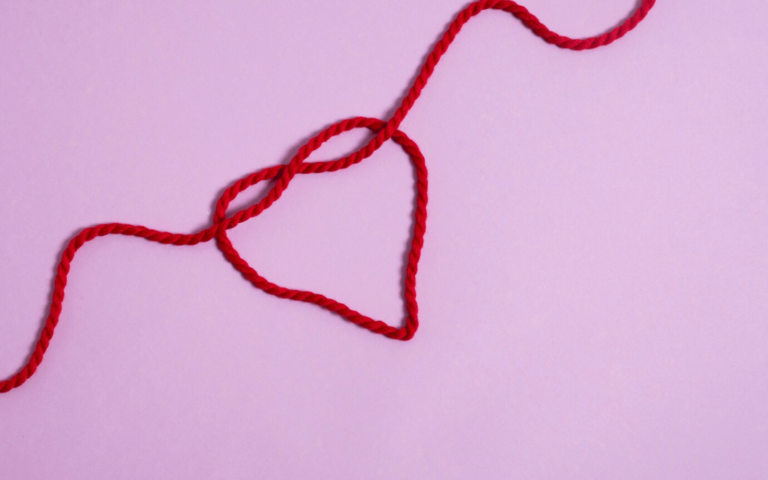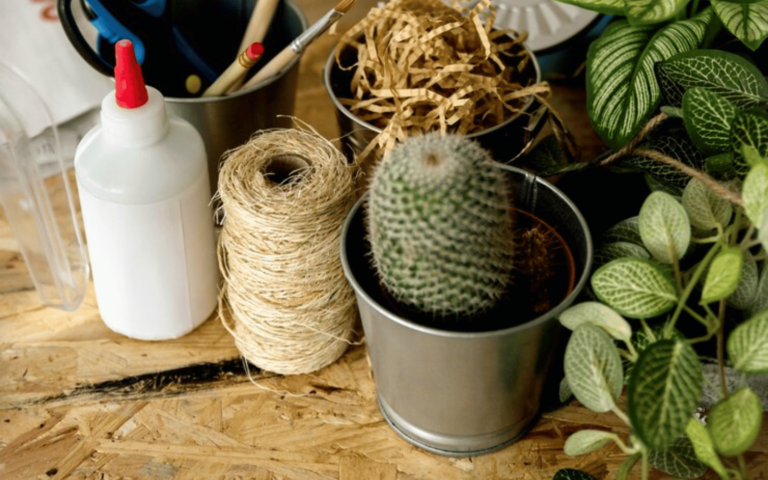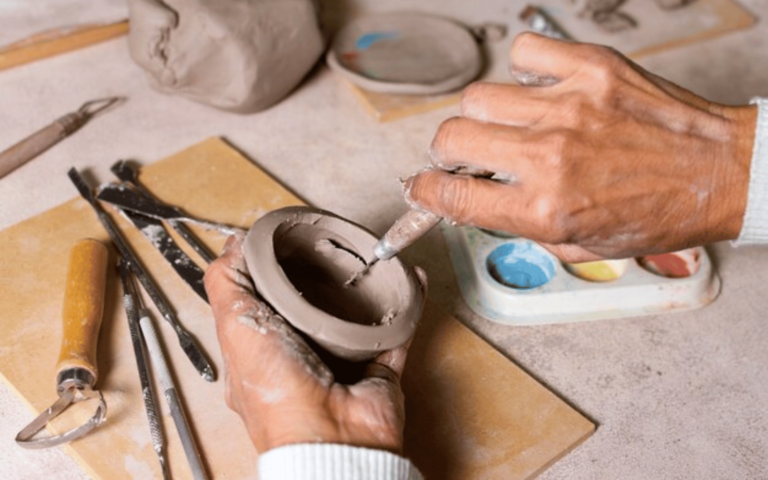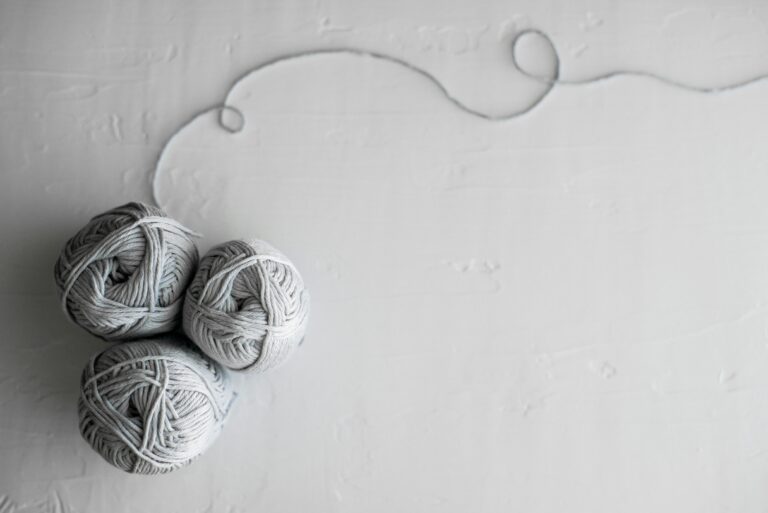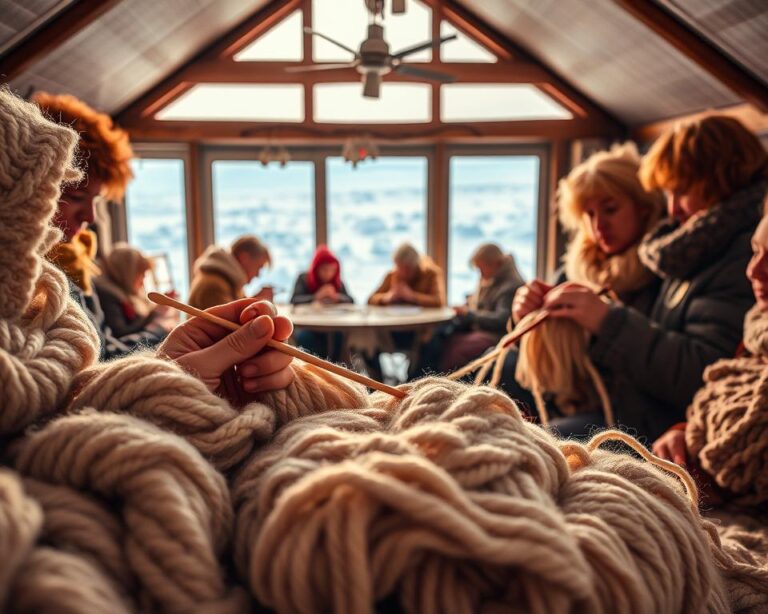Old Crochet into New Projects – Inspiring and Innovative Ideas for 2024
In the realm of crafts, the transformation of old crochet items into new projects represents a perfect blend of creativity, sustainability, and respect for tradition. Crochet, a skill passed down through generations, has filled homes with unique items that carry sentimental value and a sense of accomplishment. However, as trends evolve and personal tastes change, many of these cherished items find themselves hidden away, no longer fitting into our current lifestyle or decor. This article aims to shed light on the rewarding process of giving old crochet pieces a new lease on life, ensuring they remain appreciated and functional. Repurposing old crochet involves more than just recycling; it’s about honoring the craftsmanship of earlier work while adapting it to modern needs and aesthetics. Whether it’s a vintage crochet blanket from a grandmother or a collection of doilies from a thrift store, each piece holds potential for transformation. By reimagining these items, crafters not only contribute to a more sustainable world by reducing waste but also keep the art of crochet vibrant and relevant.
The beauty of crochet is its versatility. With a bit of creativity, an old crochet tablecloth can become a chic boho curtain, or a stack of forgotten granny squares can be joined into a fashionable tote bag. This journey of transformation allows crafters to blend tradition with personal expression, creating items that are both meaningful and functional. Through this process, we also forge a deeper connection with the past, bringing a piece of history into our daily lives. Engaging in the repurposing of crochet items also serves as a fantastic learning opportunity. It encourages crafters to experiment with patterns, colors, and textures in ways they might not have considered before. This can lead to unexpected discoveries and innovations, pushing the boundaries of traditional crochet. By stepping into the world of upcycling crochet items, crafters of all levels can find new sources of inspiration and challenge themselves in rewarding ways.
The Charm of Old Crochet: Rediscovering Your Craft
Old crochet items are more than just artifacts; they are stories woven in yarn, each stitch a testament to the time and skill invested by the crafter. These pieces often carry a nostalgic charm, evoking memories and emotions that new, mass-produced items simply cannot replicate. Rediscovering these old treasures can be a deeply personal journey, reminding us of our connections to family, history, and the broader crafting community. In today’s fast-paced world, where the new often overshadows the old, taking the time to appreciate and repurpose vintage crochet works is an act of mindfulness. It allows crafters to slow down, reflect on the craftsmanship of bygone eras, and create something new and meaningful. This process not only honors the original creator’s work but also highlights the timeless appeal of crochet as an art form.
Repurposing old crochet items also presents a unique challenge: blending the old with the new in a harmonious way. This challenge requires a creative approach, considering how to update colors, patterns, and textures to fit modern aesthetics while preserving the essence of the original piece. It’s a delicate balance that calls for both respect for the past and a vision for the future, resulting in projects that are rich in history and personal significance. Moreover, the act of transforming old crochet into new projects can rekindle a love for the craft among seasoned crocheters and inspire beginners to learn. It shows that crochet is not just about following patterns but also about innovating and adapting. As crafters share their repurposing projects online and in communities, they contribute to a culture of creativity and sustainability, inspiring others to view old crochet items through a lens of potential and possibility.
Planning Your Project: From Old Crochet to New Creations
The first step in transforming old crochet into new projects is planning. This stage is important as it sets the foundation for a successful transformation. Crafters need to assess the condition, size, and style of the crochet items they wish to repurpose, considering how each can best be adapted to suit new functions or aesthetics. This might involve repairing damaged areas, washing or dyeing the yarn, or deconstructing a larger piece into smaller segments that can be reused. Once the preliminary assessment is complete, the next step is to gather inspiration and ideas. This could involve browsing online galleries, visiting craft fairs, or flipping through crochet and fashion magazines. The goal is to envision how the old item can be integrated into a new project, whether by incorporating it as a design element in a larger piece or by transforming it entirely. Sketching ideas and creating mood boards can help visualize the end result and serve as a reference throughout the crafting process.
Selecting the right tools and materials is also a key part of the planning process. Depending on the project, this might include choosing complementary yarns, selecting suitable crochet hooks, or gathering additional embellishments like beads, buttons, or fabric linings. Ensuring that these materials match in terms of color, texture, and weight will contribute to a cohesive and professional-looking finished project. Finally, setting realistic goals and expectations is important. Repurposing projects can be unpredictable, and crafters may encounter challenges along the way. Being flexible and open to adjustments will make the process more enjoyable and less stressful. Celebrating each step of the transformation, from the initial idea to the final stitches, adds to the sense of achievement and encourages crafters to continue the endless possibilities of turning old crochet into new treasures.
Updating Old Crochet Patterns with Contemporary Colors
One of the simplest yet most effective ways to modernize an old crochet item is through the use of contemporary colors. Color trends evolve over time, and what was once fashionable may now feel outdated. By introducing modern color schemes into old crochet projects, crafters can instantly refresh their appearance and integrate them seamlessly into current decor or fashion trends. Another consideration is the type of yarn. Some old crochet items may be made from yarns that are no longer available, requiring crafters to find suitable matches or complementary colors. This might involve mixing different yarn brands or fibers, adding an interesting dimension to the project. Experimenting with variegated or ombre yarns can also introduce a modern twist to traditional patterns. Finally, it’s worth experimenting with color blocking, gradients, or incorporating metallic or neon accents to add a contemporary edge to old crochet projects. The key is to strike a balance between honoring the original design and infusing it with a fresh, modern vibe. Through careful color selection and a willingness to experiment, crafters can transform old crochet items into on-trend pieces that appeal to today’s tastes.
Innovative Edgings and Finishes for Old Crochet Projects
Revamping old crochet projects often involves more than just altering their main bodies; introducing new edgings and finishes can significantly impact their appearance and functionality. The right edging can transform a simple blanket into a stunning statement piece or turn a basic scarf into a trendy accessory. This section is the myriad ways in which crafters can add innovative edgings and finishes to breathe new life into their old crochet items. Firstly, it’s crucial to assess the original piece and decide what kind of update it needs. Does it require a delicate lace edge to enhance its elegance, or would a bold, geometric border better suit its design? The choice of edging can drastically change the item’s style, making it important to consider the overall vision for the project. There are countless stitch patterns available that cater to every skill level and aesthetic preference, from simple scallops and picots to more complex cable and lace designs.
Moreover, finishes aren’t limited to the edges. Adding surface crochet, embroidery, or appliqués can introduce texture and depth, making old items more visually appealing. These techniques can be particularly effective in updating items that have faded over time or have areas of wear. By strategically placing these decorative elements, crafters can cover imperfections while adding artistic flair. Experimentation plays a key role in this process. Sometimes, the best way to discover what works is through trial and error. Crafters should not shy away from ripping out stitches and trying different approaches. The flexibility of crochet makes it forgiving, allowing for adjustments until the desired effect is achieved. This creative is not only improves the crafter’s skills but also leads to truly unique and personalized projects. Lastly, considering the project’s end use is essential when selecting edgings and finishes. For items that will see heavy use, such as blankets or clothing, durable and less intricate edges might be more practical. Conversely, decorative pieces like doilies or wall hangings can benefit from more detailed and delicate finishes. By thoughtfully choosing edgings and finishes, crafters can ensure their updated crochet projects are not only beautiful but also suited to their new roles.
Adjusting the Size of Old Crochet Projects for New Purposes
One of the most practical approaches to repurposing old crochet items is resizing them to serve new functions. This strategy can turn an oversized afghan into a cozy lap blanket, or a long scarf into a stylish cowl. Adjusting the size of crochet projects may seem daunting at first, but with some basic know-how and creativity, it’s a feasible task that can significantly extend the usability of old items. The process begins with understanding the construction of the original piece. For items made from motifs, such as granny squares, resizing can be as simple as adding or removing squares. This modular approach offers great flexibility, allowing crafters to customize the size and shape of the project with relative ease. For other items, such as garments or continuous blankets, the approach may involve more complex alterations, like reworking the edges or strategically adding or removing rows.
Another aspect to consider is the yarn weight and hook size. Using a different weight can alter the size of the project without changing the stitch count. For example, switching to a thicker yarn and a larger hook can make a project larger, while using a thinner yarn and a smaller hook can reduce its size. This technique requires recalculating gauge and may involve some experimentation to achieve the desired dimensions.
Creative cutting and joining techniques can also play a role in resizing projects. For instance, an old crochet tablecloth could be cut into panels and seamed to create a set of curtains. This approach requires careful planning and precise execution to ensure the finished project looks intentional and polished. Finally, crafters should always consider the functionality and aesthetics of the resized item. It’s important to ensure that the proportions remain pleasing to the eye and that the item serves its new purpose effectively. Whether it’s turning a vintage shawl into a table runner or converting a bulky blanket into several smaller throws, the goal is to create something that feels both fresh and familiar.
Repurposing Old Crochet Blankets into Cushion Covers and More
Old crochet blankets often hold sentimental value, making it hard to part with them even when they no longer fit our current decor or lifestyle. Fortunately, these blankets offer a wealth of material that can be repurposed into a variety of new items, from cushion covers to tote bags, thereby retaining their sentimental value while also making them functional in our daily lives. Cushion covers are perhaps the simplest and most effective way to repurpose crochet blankets. This project requires minimal cutting and sewing, making it accessible to crafters of all skill levels. By carefully selecting portions of the blanket that feature the most interesting patterns or are in the best condition, crafters can create unique, cozy accents for their homes. The addition of a fabric backing and a zipper or buttons can turn these crochet pieces into durable, washable covers that blend nostalgia with practicality.
Beyond cushion covers, old crochet blankets can also be transformed into wearable items like scarves, ponchos, or even vests. This approach not only breathes new life into the material but also allows the wearer to carry a piece of their history with them. When converting a blanket into apparel, it’s important to consider the drape and weight of the crochet fabric, ensuring that the finished garment is comfortable and flattering. For those with an adventurous spirit, old crochet blankets can also serve as the basis for larger home decor projects. Crochet fabric can be used as a textured canvas for wall hangings, adding warmth and personality to a room. Alternatively, pieces of the blanket can be incorporated into quilt projects, providing a unique texture contrast and adding depth to the quilt’s narrative. In each of these projects, the key is to approach the old blanket not as an item to be discarded but as a resource full of potential. With a bit of creativity and craft, these beloved pieces can continue to bring joy and comfort in new forms, proving that even the oldest crochet items have a place in our modern lives.
Giving Back: Donating Old Crochet to Charitable Causes
One of the most fulfilling ways to repurpose old crochet items is by donating them to charitable causes. This act of giving not only finds a new home for these cherished pieces but also spreads warmth and comfort to those in need. Many organizations welcome handmade crochet items, from blankets and scarves to hats and mittens, using them to support individuals and families facing difficult circumstances. Before donating, it’s important to ensure that the items are clean, free of damage, and suitable for use. Some charities have specific requirements for donations, such as size, material, or color, so it’s a good idea to check with the organization beforehand. This preparation ensures that the items can be used and appreciated by their new owners.
Moreover, donating old crochet items can inspire a community spirit among crafters. Organizing donation drives, participating in charity crochet projects, or teaching crochet classes for a cause can strengthen bonds within the crafting community while contributing to a greater good. These activities not only help those in need but also promote the values of generosity, creativity, and sustainability. In the end, repurposing old crochet items into new projects is not just a creative endeavor but a meaningful contribution to the well-being of others and the planet. It’s a testament to the enduring value of crochet as a craft that combines beauty, function, and generosity. Through repurposing, donating, and innovating, crafters can ensure that their cherished creations continue to bring joy and comfort to new generations, making old crochet into new projects a truly rewarding journey.
Preserving and Displaying Old Crochet as Decorative Art
The transformation of old crochet into new projects doesn’t always mean altering their original purpose. Sometimes, the best way to honor these pieces is by preserving and displaying them as decorative art. This approach allows the intricate work and beauty of crochet items to be appreciated in a new light, turning them into focal points in our homes and spaces. When considering displaying old crochet items, think about the environment they will be in. Factors like sunlight, humidity, and dust can affect the longevity of crochet pieces. Using shadow boxes or frames with UV-protective glass can help preserve their colors and integrity. Similarly, choosing the right spot in your home that doesn’t get direct sunlight can prevent fading over time.
The way we choose to display these items can also add to their narrative. For example, an old crochet doily can be stretched over a colored fabric and framed, turning it into a modern piece of wall art that contrasts its traditional origins. Or, a collection of crochet squares can be artistically arranged and mounted on a backing board to create a textured tapestry that adds warmth and history to a room. In addition to traditional framing, there are creative ways to incorporate old crochet into home decor. Hanging them as part of a gallery wall, integrating them into furniture upholstery, or even using them as lampshade covers are just a few ideas. Each method not only preserves the crochet work but also integrates it into daily life, ensuring that these items are not just stored away but actively appreciated. Finally, sharing the stories behind these pieces can add to their value as decorative art. Whether it’s through labels, accompanying notes, or conversations, telling the history of old crochet items enriches the experience of those who see them. It transforms these pieces from mere decorations to heirlooms and artifacts of personal and collective history.
The Joy of Transforming Old Crochet into New Projects
Embarking on the journey of transforming old crochet into new projects is a fulfilling adventure that marries the past with the present. It’s an act of creativity, sustainability, and respect for the craft and its history. This journey demonstrates the versatility of crochet as a craft. Whether through color updates, size adjustments, innovative repurposing, or charitable donations, the possibilities for old crochet items are as boundless as the crafter’s imagination. It encourages us to view these items not as obsolete but as filled with potential, ready to be rediscovered and transformed.
Moreover, the process of transforming old crochet into new projects fosters a deeper connection within the crafting community. It inspires sharing, collaboration, and support, as crafters exchange ideas, techniques, and stories. This communal spirit enriches the crafting experience, making it not just about the projects themselves but about the connections and memories we build along the way. The art of repurposing old crochet into new projects is a testament to the enduring beauty and relevance of crochet. It challenges us to see beyond the surface, to innovate and reimagine, and to carry forward the legacy of crafters who came before us. In doing so, we ensure that their work continues to be celebrated, enjoyed, and loved, woven into the fabric of our lives in new and meaningful ways.
Simplifying Crochet Projects for Everyday Use
In today’s fast-paced world, the beauty of old crochet items can be seamlessly integrated into practical, everyday uses without requiring extensive crafting expertise or dramatic alterations. This approach to rejuvenating old crochet involves straightforward techniques that allow even novice crafters to breathe new life into vintage pieces. By focusing on simple, achievable modifications, you can transform old crochet items into functional home accessories or stylish personal adornments with minimal effort.
One of the most straightforward ways to utilize old crochet is by incorporating it into household items that serve daily purposes. For instance, delicate doilies can be turned into placemats or coasters with just a light cleaning and perhaps a bit of starch to help them hold their shape. Similarly, larger crocheted pieces, like table runners or curtains, can be repurposed with little to no modification. Simply by changing the context in which they are used, these items offer a fresh aesthetic without altering their original form.
For those looking to wear old crochet in a modern way, consider integrating small crocheted motifs into your wardrobe. Crochet flowers or geometric shapes can be attached to hairpins, sewn onto canvas bags, or used to enhance the cuffs of a plain sweater. This not only provides a unique personal touch but also promotes sustainability by repurposing existing materials.
Additionally, old crochet items can find new life in practical, daily use objects. An old crochet blanket, for example, can be draped over a chair for a shabby chic look or can be given a new purpose as a picnic blanket, perfect for outdoor lunches or beach outings. By employing simple cleaning techniques and perhaps a little color enhancement, these transformations require minimal effort but provide significant functional and aesthetic value.
If you’re looking to involve children in crafting, old crochet pieces can also serve as excellent materials for simple educational projects. Children can practice basic sewing skills by attaching crochet elements to fabric or making small adjustments to the pieces themselves. This not only helps in developing fine motor skills but also instills a sense of creativity and appreciation for handmade items.
By keeping the alterations simple and the projects straightforward, old crochet can be adapted for new uses that blend tradition with modernity. This approach ensures that the charm of crocheted items is maintained while making them relevant to contemporary life. Such projects underscore the versatility of crochet and demonstrate that even the simplest of touches can rejuvenate an old item, making it cherished once more in its new form.
See More At: woolen8wonders.com

